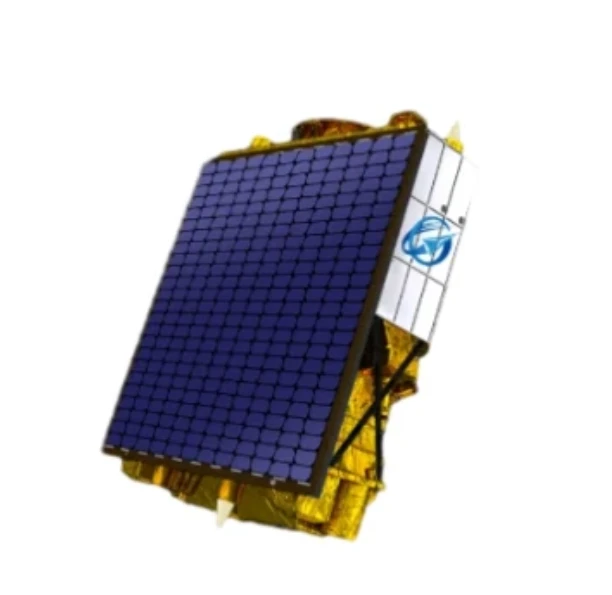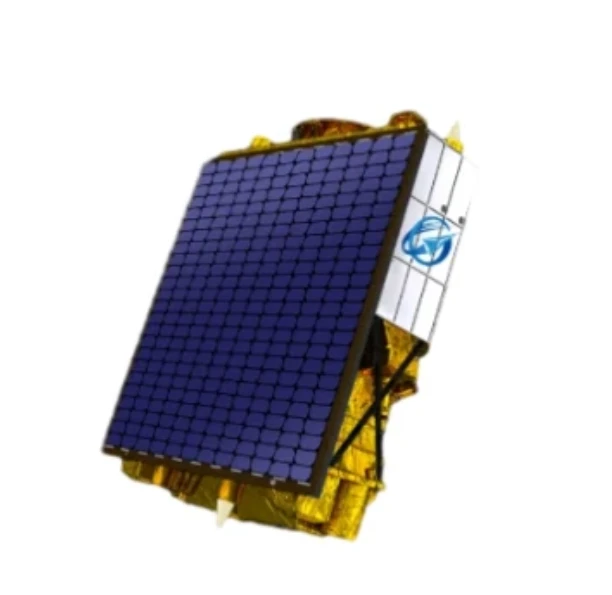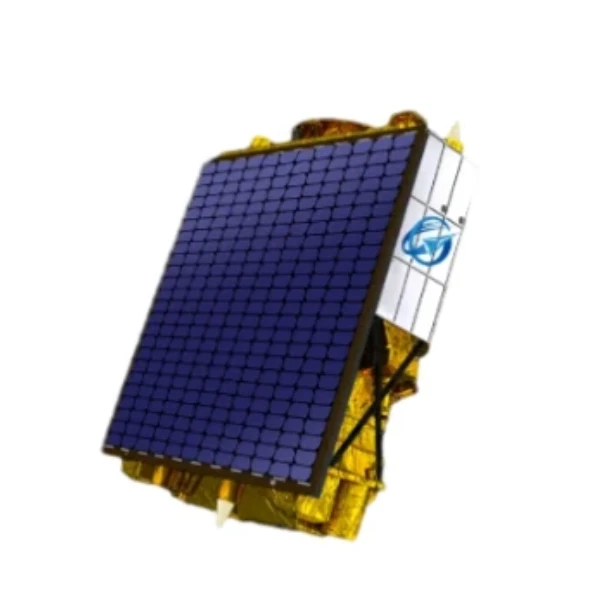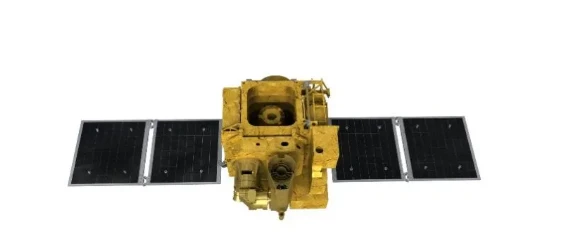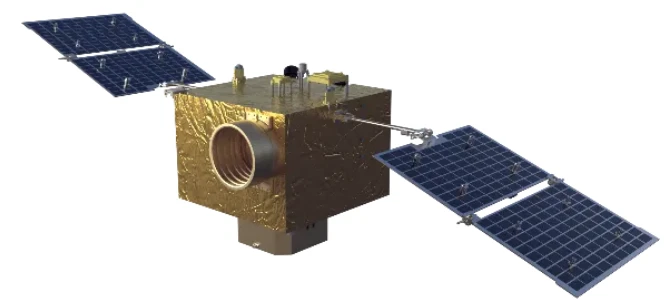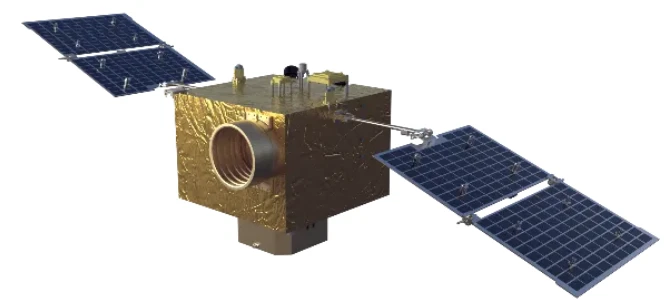
- Afríku
- albanska
- amharíska
- arabíska
- Armenska
- Aserbaídsjan
- baskneska
- hvítrússneska
- bengalska
- bosníska
- búlgarska
- katalónska
- Cebuano
- Kína
- korsíkanskt
- króatíska
- tékkneska
- danska
- hollenska
- ensku
- esperantó
- eistneska
- finnska
- franska
- frísneska
- galisíska
- georgískt
- þýska
- grísku
- Gújaratí
- Haítískt kreóla
- Hausa
- hawaiískur
- hebreska
- Nei
- Miaó
- ungverska
- íslenskur
- igbó
- indónesíska
- írska
- ítalska
- japönsku
- javanska
- Kannada
- kasakska
- Khmer
- Rúanda
- kóreska
- Kúrda
- Kirgisi
- Vinnumálastofnun
- latína
- lettneska
- litháískur
- Lúxemborg
- makedónska
- malagasíska
- malaíska
- Malajalam
- maltneska
- Maori
- Marathi
- mongólska
- Mjanmar
- nepalska
- norska
- norska
- oksítanska
- Pastó
- persneska
- pólsku
- portúgalska
- Púndjabí
- rúmenska
- rússneska
- Samósk
- skosk gelíska
- serbneska
- ensku
- Shona
- Sindhi
- Sinhala
- slóvakíska
- slóvenska
- sómalska
- spænska
- Sundaneskir
- svahílí
- sænsku
- Tagalog
- Tadsjikska
- tamílska
- Tatar
- telúgú
- Tælensk
- tyrkneska
- Túrkmena
- úkraínska
- Úrdú
- Uighur
- úsbekskur
- Víetnamska
- velska
- Hjálp
- jiddíska
- Jórúba
- Zulu
Satellite Platform Innovations Powering The Future Of Remote Sensing
As remote sensing technology advances at a rapid pace, the role of the gervihnattavettvangur becomes increasingly central to mission success. From large-scale Earth observation satellites to compact units like cubesat platforms, the satellite platform in remote sensing determines the reliability, adaptability, and data quality of the entire system. Today’s platforms are more efficient, lighter, and smarter—allowing remote sensing to support agriculture, urban planning, disaster response, and climate science with unprecedented accuracy and frequency.
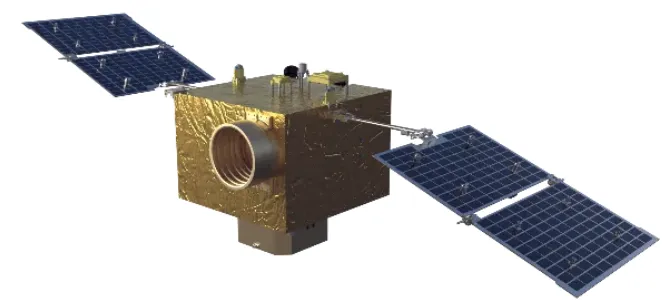
Satellite Platforms In Remote Sensing: The Backbone Of Observation
At the core of every successful remote sensing mission is a high-performance gervihnattavettvangur. These platforms are responsible for supporting all subsystems—such as power supply, communication, propulsion, and thermal control—while maintaining stable operation of the onboard payloads. The importance of satellite platforms in remote sensing lies in their ability to provide consistent data acquisition under various orbital and environmental conditions. Whether observing weather patterns, land changes, or sea levels, a reliable gervihnattavettvangur ensures high data quality and operational longevity, making it indispensable in long-term monitoring programs.
Cubesat Platforms: Making Remote Sensing More Accessible
The development of the cubesat platform has opened new doors for researchers, startups, and even high school programs to engage in space missions. Despite their miniature size, cubesat platforms are capable of hosting powerful sensors and communication modules. These platforms are ideal for deploying in constellations, providing rapid revisit times and real-time data streaming. In many cases, a cubesat platform can accomplish specialized remote sensing tasks—such as detecting harmful algal blooms or monitoring crop health—at a fraction of the cost of traditional platforms. The flexibility and affordability of cubesat platforms are revolutionizing how we think about Earth observation.
Versatile Platform Satellites For Specialized Missions
A platform satellite is designed to be modular, scalable, and highly customizable, making it suitable for a wide range of applications. Governments and commercial providers often use platform satellites as the base for missions in environmental monitoring, oceanography, and resource management. The advantage of using a standard gervihnattavettvangur is that it accelerates mission preparation and reduces development risks. These platforms can be quickly adapted with specific sensors or payloads to meet evolving data needs. Whether deploying optical, radar, or hyperspectral systems, the platform satellite remains the essential building block for targeted and responsive remote sensing strategies.
In conclusion, the transformation of the satellite platform in remote sensing is empowering new capabilities in data acquisition, transmission, and mission design. The rise of miniaturized systems like the cubesat platform demonstrates how innovation can make space accessible to a wider audience while maintaining functionality and precision. Meanwhile, the continued refinement of platform satellites ensures high performance for complex and long-duration missions. As demands grow for high-resolution, real-time data, the development and application of next-generation satellite platforms will remain a driving force in shaping the future of Earth observation.






